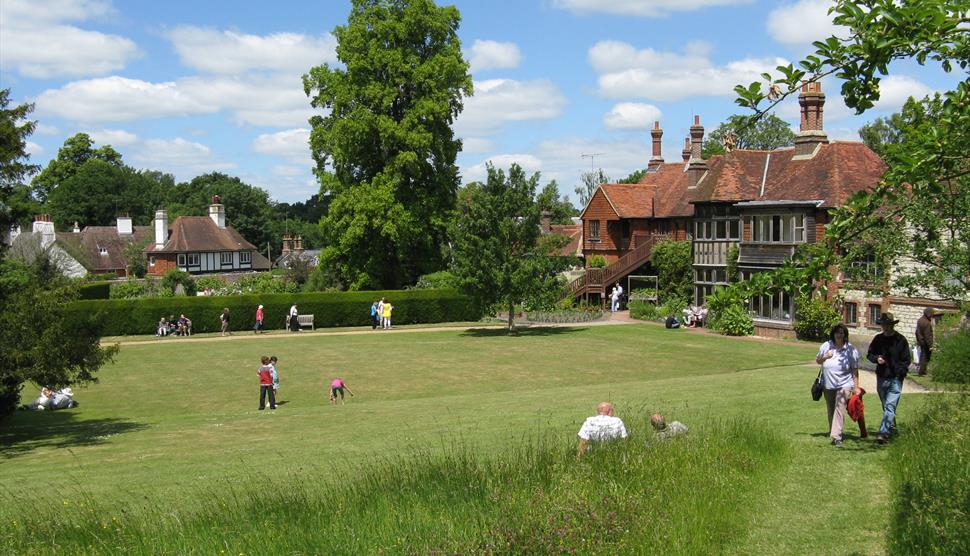About
Discover the beautifully restored house and gardens of natural history pioneer Gilbert White. Regarded as the ‘Father of Ecology’, White’s book ‘The Natural History of Selborne’ is the fourth most published book in the English language. The book is a series of letters and observations between White and his fellow naturalists, Thomas Pennant and Daines Barrington, exploring wildlife in their local areas and how the species responded to changing seasons (phenological observations).
A testament to White’s legacy, ‘The Natural History of Selborne’ has never been out of print since its first publication in 1789. White is also renowned for major discoveries, including identifying the harvest mouse, chiff chaff and noctule bat.
Located in Selborne, a stunning corner of the South Downs National Park, Gilbert White’s 17th century home is now a museum open to visitors. Museum highlights include, the original manuscript of ‘The Natural History of Selborne’, White’s 18th century floral embroidered bed covers and White’s taxidermy hawfinch.
The museum also hosts collections belonging to Lawrence Oates, who was part of the fateful Terra Nova expedition to the South Pole, and the collection of Lawrence’s uncle, Frank Oates, who was a naturalist. There are interactives, original footage and children’s activities throughout the museum.
The extensive 18th century gardens have also been restored to their former glory for visitors to explore, with cottage, herb and kitchen gardens, as well as sweeping lawns and a wildflower meadow.
Visitors can enjoy brunch, lunch and afternoon tea at the café. Dogs are welcome in the café. There is also a farm shop and gift shop, which offer organic produce from the garden, honey, jam and Gilbert’s craft beer from the onsite 1765 brewhouse. Plants and seed packets are also available to purchase. The gift shop is filled with nature inspired gifts, making brilliant presents for all the family. The shop stocks a diverse array of eco-products,from a variety of local craftspeople.
Pop in for a pint at the Jubilee Tap, after your visit! Located just across the High Street, opposite the museum, the Tap Room is a friendly and relaxed bar, where the public can try the Gilbert White range of beers from the restored brewhouse. Brewing was a part of White's life and something in which he took pleasure in. By opening the Tap Room visitors can now fully experience one of White's past times and step back into history by tasting brews made with his recipes. Tap Room opening times: Thursday, Friday and Saturday, 17:30-9:00pm. Last orders 8:30pm.
The 16th Century rustic barn, nestled below the Selborne Hanger in the grounds of Gilbert White’s House & Gardens, is also available for private hire and weddings. With glorious views over the tranquil meadow it is the perfect location for more intimate ceremonies and receptions. Couples have the opportunity to work with Gilbert White’s Brewery, to make their own loving brew for their special day.
Events are held throughout the year, from outdoor theatre, to talks to children’s trails. Our biggest annual events include the family friendly Nature Day and the Unusual Plants Fair. The museum also takes part in the annual Jane Austen Regency Week, as both White and Austen had shared connections to places and people in the area.




 to add an item to your Itinerary basket.
to add an item to your Itinerary basket.






